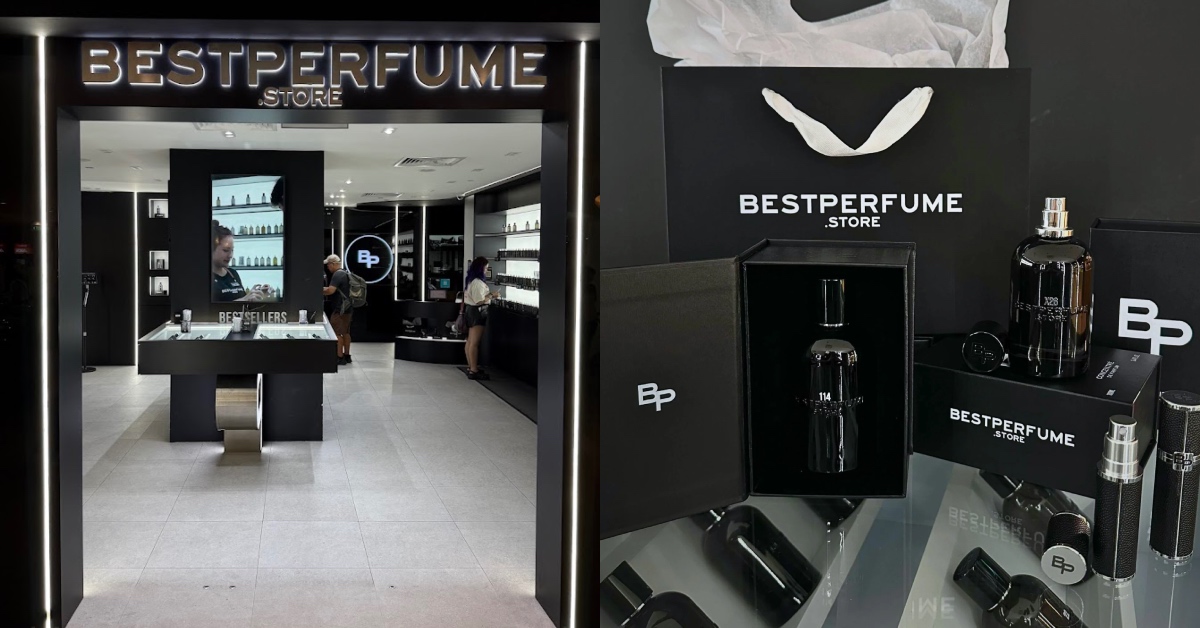OpenAP brings targeted audiences to programmatic market—to break down TV ad buying silos
GroupM will be first agency to incorporate unified metrics into dealmaking.

Advanced advertising consortium OpenAP today announced it is bringing its audience data into the programmatic marketplace, allowing advertisers to reach the same audiences across platforms. The goal is to break down the silos that have long existed in TV ad buying.
OpenAP is working with ad sales platforms FreeWheel, Magnite and Xandr’s Monetize SSP to incorporate programmatic audiences into its unified ID solution. Agency GroupM will be the first to use the new offering in its TV dealmaking.
OpenAP’s OpenID tool previously consolidated just linear and digital TV audience data. The added availability for programmatic sellers, which automate digital TV buys across platforms, allows the company to deliver targetable audience data to publishers across the entire TV ecosystem. It also allows marketers to evaluate campaign reach metrics via OpenAP’s cross-platform measurement tool XPm.
Chris LoRusso, chief business officer at OpenAP, told Ad Age that the addition of programmatic to its addressability solution was a natural progression of the consortium’s offerings. “We need to be interoperable with all of the investments the publishers are making in their tech stacks, and we need to integrate to be able to get them the audiences so they can launch more campaigns and run more places,” said LoRusso.
For GroupM, the goal is to “resolve some of the fragmentation that has existed across the media ecosystem,” Esra Bacher, managing partner of programmatic investment at GroupM, in a statement.
LoRusso added that OpenID, including its programmatic evolution, is inclusive of “all the inventory that publishers make available for audience buying,” which is determined during the negotiation process between buyer and seller. The goal is to reduce the fragmentation of video investment across multiple sellers to optimize spending.
“You used to have multiple different types of buys—a data-driven linear buy, a direct-sold buy and a programmatic buy,” he said. “The biggest thing is really breaking that down and collapsing it and putting it on the same audience.” Whereas each previously existed separately, LoRusso said the unified ID solution’s impact will be felt most in the ways it knocks down walls between them and sends more ad dollars straight to publishers rather than spreading it amongst multiple.
“That's the exciting thing: A programmatic buyer and a linear buyer and a digital buyer, at the end of the day, they can all look at how their pieces fit together on the same report card,” said LoRusso.

 Lynk
Lynk 
































